The Complete Guide To Chakra Symbols And Their Meaning
The post The Complete Guide To Chakra Symbols And Their Meaning appeared first on The Yoga Nomads.
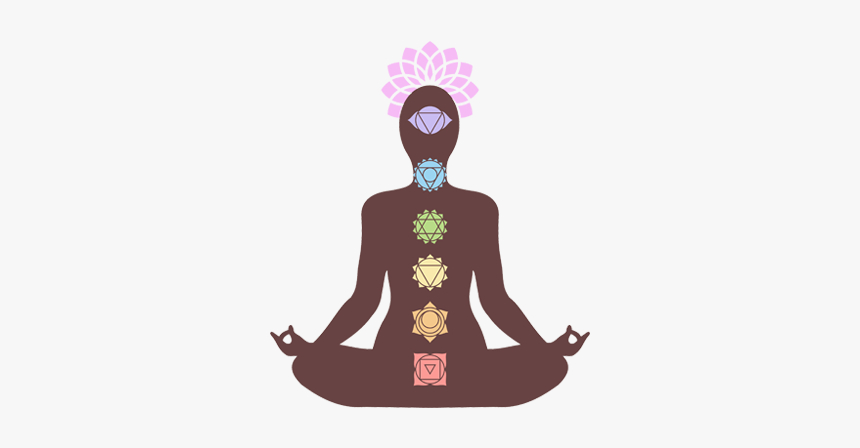
Each of the primary seven chakras has various associations, such as colors, elements, and sounds. However, the chakra symbols are probably the most eye-catching association and a common sight in yoga studios, new age stores, and other spirituality practices.
At first glance, it’s difficult to understand what a chakra symbol means. But as you dive deeper into the intriguing world of the chakra system, you’ll start to unravel the rich meaning behind these signs. So, read on to learn what each chakra symbol means and why their significance is important.
What Are Chakra Symbols?
Although there is no scientific evidence to prove the chakra’s existence, it is believed that there are seven primary chakras that run along the spine, from the tailbone to the top of the head. Each of the seven chakras represents unique qualities and energies.
The chakra symbols are a form of sacred geometry, combining imagery, geometric shapes, Sanskrit letters, and colors. They represent each chakra’s energy and have rich spiritual meaning, too.
So, where did the chakra symbols come from? The shapes in the chakra symbols trace back to the five symbols of Yagna used during Vedic rituals. The five symbols of Yagna are square, circle, triangle, half-moon, and dumpling.
An easy way to spot the symbol for a particular chakra is by color. The chakra colors are:
Root Chakra (Muladhara) – RedSacral Chakra (Svadhishthana) – OrangeSolar Plexus Chakra (Manipura) – YellowHeart Chakra (Anahata) – GreenThroat Chakra (Vishuddha) – BlueThird Eye Chakra (Ajna) – IndigoCrown Chakra (Sahasrara) – PurpleAs shown below, you will sometimes see chakra symbols with their associated Sanskrit seed sound; however, they are not present in all representations.

The 7 Chakra Symbols And Their Meaning
One thing you will spot in each of the seven chakra symbols is a circle. Circles represent continuous movement and the cyclical nature of energy. Circle also represents unity and wholeness, and each chakra symbol contains one, as when all our chakras are balanced, we feel whole and harmonious.
The Sanskrit word for chakra is “wheel,” as the energy turns and spins like a wheel. As wheels are circular, it seems very fitting that this shape appears in each chakra symbol.
Aside from the circle, the components of each chakra symbol differ, Triangles are a common occurrence, yet their positioning determines the meaning. Moreover, each chakra symbol contains petals, creating the image of a lotus flower. The spiritual representation of a lotus flower is rebirth, but the specific number of petals one has also has its unique meaning. Therefore, let’s explore each chakra symbol independently.
Root Chakra Symbol
The root chakra is located at the base of the spine. It is responsible for our sense of safety and security in ourselves and the world around us. This center helps us remain centered, grounded, and connected to our bodies and the physical realm. The Sanskrit name Muladhara translates to “root,” “base,” or “foundation.”
The typical root chakra symbol consists of a downward-facing triangle within a square within a circle. On the outside, there are four petals.
The Inverted triangle represents pulling energy downwards and is an alchemical symbol for earth, the element of this chakra. The triangle contains the grounding energy of the first chakra, embodying the quality of stability. The square has four sides, and this number symbolizes foundations and a stable structure. A balanced root chakra serves as a steady base to safely open the rest of the chakras.The four petals on the root chakra lotus symbolize stability and structure as well as the four mind-states; Manas (mind), Buddhi (intellect), Chitta (consciousness), and Ahamkara (ego). The four-petaled lotus as a whole signifies the birth of human consciousness because the root chakra is the starting point. The color red relates to self-awareness, helping you reconnect to your body and the earth. This dense color can be associated with rage, danger, and violence, which can unbalance the root chakra. However, a red hue can help you redirect your attention back to safety.
Sacral Chakra Symbol
The sacral chakra is located in the lower belly, close to the sexual organs. It is the center of our creativity, sexuality, and emotions. It governs our senses, feelings, and sexual experiences, and its element is water, representing the fluidity, flow, and movement of our emotions. The Sanskrit name Svadhishthana translates to place of the self.
The Sacral Chakra symbol consists of multiple circles, a crescent moon, and six petals on an orange lotus flower.
As mentioned earlier, circles represent the cyclical nature of birth, death, and rebirth. The sacral chakra amplifies this association as it features more than one circle. Because the sacral chakra and the water element are all about flow, a balanced third chakra will help you go with the ebbs and flows of life and stay in control of your emotions in trying times. The crescent moon at the bottom of the inner circle is another symbol of cycles, as the moon famously completes cycles every month. Therefore, it is another reminder that life contains never-ending change and constant movement, so good emotional health is vital. Another part of the sacral chakra symbol meaning is the six petals. They represent the six negative qualities you need to overcome to open and purify the second chakra; anger, jealousy, cruelty, hatred, pride, and desire.In color psychology, orange is associated with happiness and creativity, which links to the Sacral Chakra’s qualities of pleasure and self-expression.
Solar Plexus Chakra Symbol
The solar plexus chakra sits about an inch above the belly button in the upper abdomen. It is the center of personal power, governing our self-image, confidence, courage, and determination.
The Sanskrit name Manipura translates to ‘city of jewels.’ The solar plexus contains the fire to take action and make things happen, and thus, this energy center is the keeper of the tools to achieve our dreams.
The solar plexus chakra consists of an inverted triangle within a circle of 10 petals.
The inverted triangle shows that the solar plexus chakra works with the root and sacral chakras to pull energy downwards towards the earth. This is particularly strong in the solar plexus chakra, as a connection to the physical realm is needed to pursue your dreams and achieve your life goals. The 10 petals represent the ten pranas in each of us (better described as energy currents or vibrations). Yellow is a color of hope and positivity, linked to self-confidence, self-belief, and endurance. The hue has a connection with the element of fire, and the sun, which also has fiery energy.
Heart Chakra Symbol
The heart chakra is located in the center of the chest in line with the physical heart. This energy center is responsible for our ability to love and show compassion to ourselves and others. It also contains the positive qualities of joy, gratitude, understanding, and forgiveness.
Anahata in Sanskrit loosely translates to “unstruck” or “unhurt,” referring to the Vedic concept of unstruck sound, the sound of the celestial realm. This chakra is also associated with healing, balance, and serenity.
The Anahata chakra symbol consists of two intersecting triangles forming a six-pointed star within a circle. Outside are 12 petals, creating a green lotus flower.
The two intersecting triangles create a hexagram in the center and a six-pointed star. These geometric shapes represent the balance of yin and yang and physical and spiritual. The heart chakra is the bridge between the lower three chakras and the upper three chakras, so it has an equal balance of upper moving energy and downward moving energy.The twelve petals of the heart chakra symbol represent the twelve positive qualities associated with this energy center; peace, bliss, love, harmony, empathy, understanding, purity, clarity, compassion, unity, forgiveness, and kindness.The six-point star in the circle combined with the 12 petals represents the 72,000 energy channels or “Nadis” (6,000 x 12 = 72,000) that every human being has. This is another reminder of the importance of the Anahata Chakra and how its central position connects the whole energetic system.The green color represents healing, balance, and tranquility. However, green can also signify envy or jealousy, which are some of the traits of an unbalanced heart chakra.
Throat Chakra Symbol
The throat chakra sits at the center of the throat (the front of the neck). It is our center of communication, allowing us to speak our truth, use our voice to express our beliefs, opinions, and creativity, and listen to others.
The element of the throat chakra is air, which in astrology is the universal symbol for intellect and communication. The Sanskrit word Vishuddha means “purity,” as this energy center purifies our communication abilities.
The throat chakra symbol consists of a circle within an inverted triangle within another circle. Around the outer ring is 16 petals.
The inner-circle represents the full moon, the lunar phase of resting, releasing, and letting go. The inverted triangle that contains the full moon represents a channel to our consciousness and soul. As the throat chakra is one of the upper chakras, the energy starts to move upwards, closer to the spiritual realm.The 16 petals vowels of Sanskrit. Sanskrit vowels have a light and airy sound, relating to the effortless quality of communication you experience with an open and well-balanced Vishuddha chakra. The light blue color relates to purity, expression, and wisdom, three qualities that an open throat chakra brings. 10037126 – detailed throat chakra vector illustration
10037126 – detailed throat chakra vector illustrationThird Eye Chakra Symbol
The third eye chakra sits between the eyebrows and serves as our center of intuition and imagination. This energy center helps us spot signs and omens from the universe, guiding us down the right path. It also allows us to listen to our inner wisdom better and is associated with imagination, perception, dreams, and psychic abilities. The Sanskrit name Ajna means “perceive” or “beyond wisdom.”
The third eye chakra symbol features a downward-facing triangle within a circle and two petals.
Many versions of the third eye chakra symbol contain the Om symbol in the circle’s center. Om is the Bija mantra for the Ajna chakra, representing enlightenment and spiritual connection. The triangle points downward to represent that opening the lower six chakras allows the third eye to open up.The two petals represent the two subtle energy channels, Ida and Pingala, which travel up and down between the root chakra and the top of the head. It symbolizes duality between the self and the divine.The color indigo reflects wisdom and integrity and is also related to devotion, which in this case, can represent the spiritual connection being made.
Crown Chakra Symbol
The crown chakra sits just above the top of the head and appears as a floating ball (or crown) of energy. It represents a divine connection linked to kundalini energy that rises from the root chakra to the crown, resulting in transcendence and enlightenment. For many people, this is the most challenging chakra to open.
The Sanskrit name Sahasrara translates to “thousand-petaled,” so the crown chakra symbol contains numerous petals to represent this. The circle in this symbol represents the full moon and completion of a cycle, symbolizing opening and awakening.Purple is a mystical and magical color that represents wisdom. White is also often featured, symbolizing purity, rebirth, and oneness.Many versions of the crown chakra symbol also include the Om Bija in the center of the circle to symbolize consciousness and connection to the divine.
Chakra Animal Symbols
Unknown to many, animals are also used as chakra symbolism. Each chakra has an associated spirit animal that represents the power and qualities of that energy center. Although the animals are not featured in the traditional chakra symbols, some modern-day versions include them in the artwork.
According to ancient Hindu texts, these are the associated animals for each chakra.
Root Chakra (Muladhara) – Elephant: The elephant is an earthy animal that possesses protectiveness, excellent memory, and the ability to charge through blockages. Sacral Chakra (Svadhishthana) – Crocodile: The representation of a water animal like a crocodile is adaptability, creativity, and balance.Solar Plexus Chakra (Manipura) – Ram: The powerful ram has a strong will, a determined attitude, and buckets of motivationHeart Chakra (Anahata) – Antelope: Antelopes represent a pure heart, sensitivity, empathy, and tenderness. Throat Chakra (Vishuddha) – White Elephant: White Elephants represent pure and harmonizing communication. It is said that this magnificent animal uses creative and imaginative ways to convey its thoughts and ideas.Third Eye Chakra (Ajna) – Black Antelope: This mystical animal represents exploring inner realms and journeying within oneself. Crown Chakra (Sahasrara) – Unknown: There is no mention of a spirit animal for the crown chakra in ancient Hindu texts.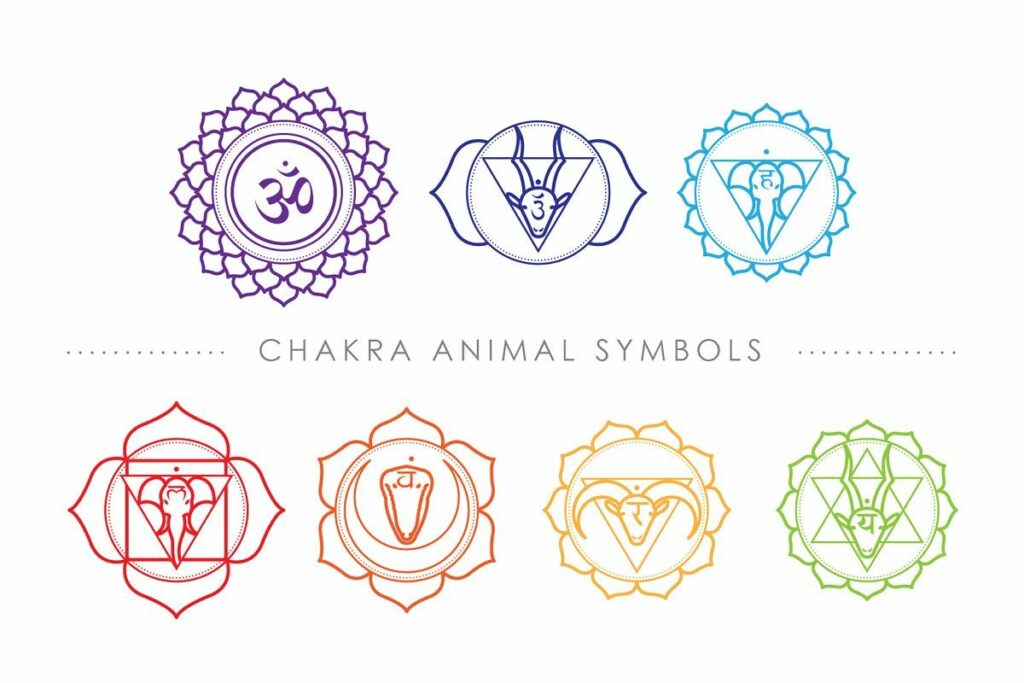
Final Thoughts On Chakra Symbols
The chakra symbols, as described in ancient Hindu texts, present us with the opportunity to deepen our knowledge of these energy centers. These images are not just pretty colorful pictures; they convey hidden messages about the seven chakras and their qualities. Why is this important? Because the more we learn the language of the chakras, the better our ability to balance and align them.

 Troov
Troov 







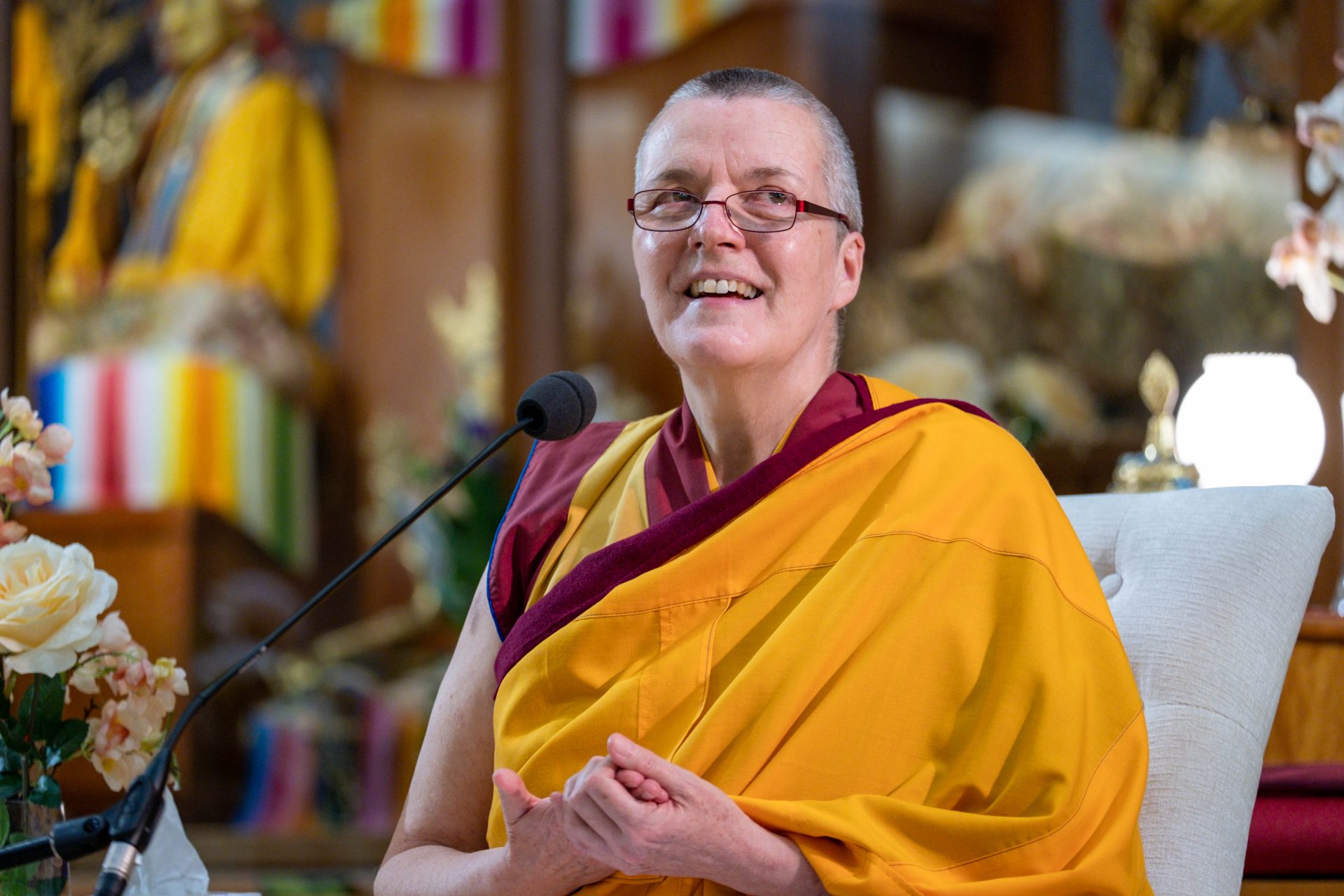
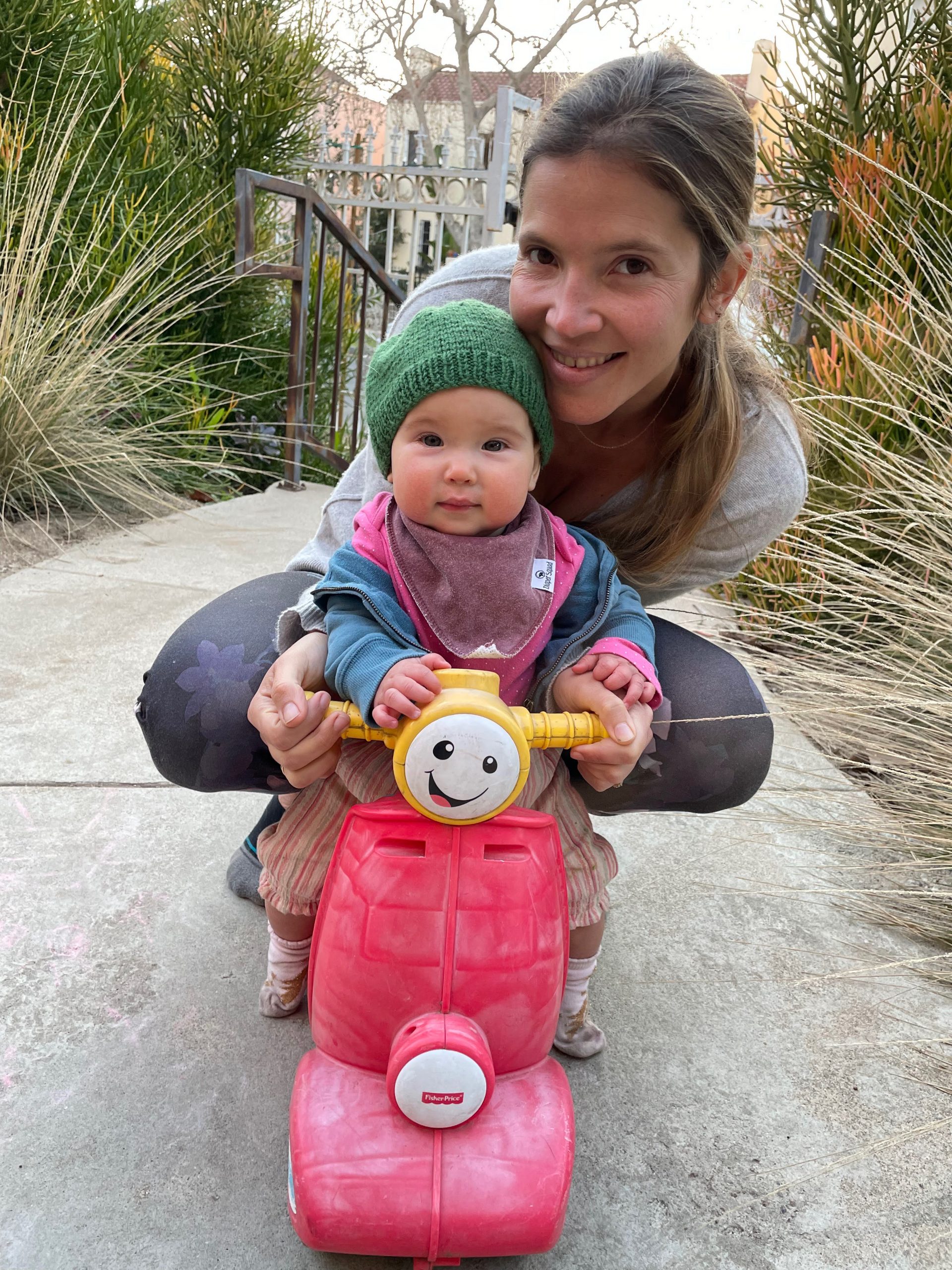


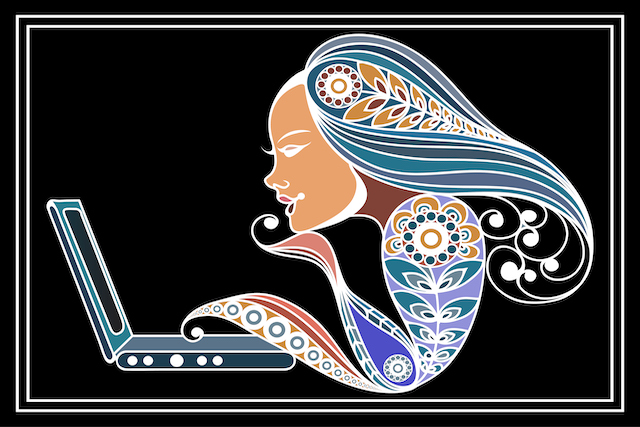
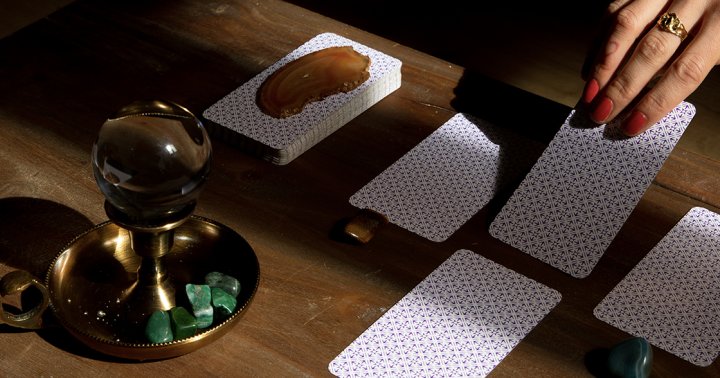

















.jpeg&h=630&w=1200&q=100&v=a905e78df5&c=1)